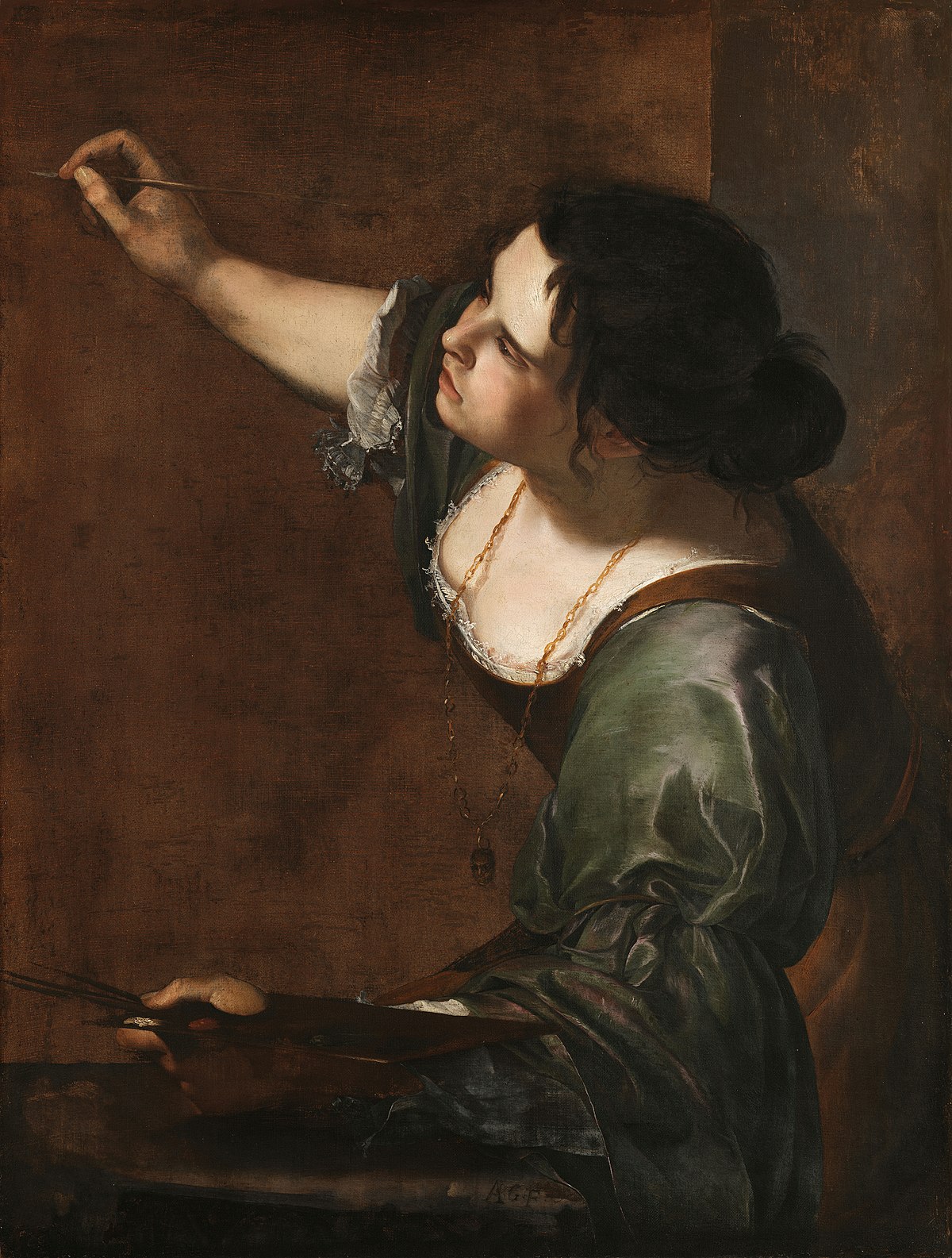5 Famous Artists Who Were Migrants and Other Stories
As long as there have been artists, there have been migrant artists. Like anyone else, they’ve left their homeland and traveled abroad for many...
Catriona Miller 18 December 2024
Artemisia Gentileschi was one of the best Italian Baroque painters. This strong woman painted plenty of paintings of strong and suffering women from both mythology and the Bible. Regarded as both a genius and an anomaly, she defied societal expectations by pursuing a profession primarily dominated by men. However, she also experienced a traumatic event: Gentileschi was sexually assaulted by her mentor Agostino Tassi when she was 18 years old, leading to Gentileschi being thrust into the middle of a rape case that received considerable publicity and ruined her reputation. Tassi was convicted but released by the judge who also ordered Gentileschi to be tortured as a means of proving her honesty.
After the trial, she started to paint all those scenes of courageous women. Here you will find some of them:

This is the first painting by Gentileschi painted before the assault. It is also one of the few paintings on the theme of Susanna showing the sexual accosting by the two Elders as a traumatic event.
/cdn.vox-cdn.com/uploads/chorus_asset/file/8605933/Artemisia_Gentileschi___Judith_Beheading_Holofernes___WGA8563.jpg)
This painting, Judith Beheading Holofernes is striking for the violence portrayed. Although the painting depicts a classic scene from the Bible, Gentileschi’s rape had a big impact on the composition. She drew herself as Judith and Agostino Tassi, who was tried in court for her rape, as Holofernes. A month after painting this piece, Gentileschi’s father Orazio arranged for his daughter to marry Pierantonio Stiattesi, a modest artist from Florence. Shortly afterward, the couple moved to Florence. She became a successful court painter, enjoying the patronage of the Medici family and Charles I of England.

Here Judith has just killed Holofernes and with her maid, Abra is preparing to abscond with his head. Many male artists have depicted Judith as standing triumphant with Holofernes’ head, but Gentileschi chooses to capture the danger and risk.

Gentileschi also chose another biblical story in which a woman slays an aggressor. Sisera was a cruel Canaanite warrior who ruled the Israelites for 20 years. An Israelite Barak defeated his 900 charioteers with a surprise attack. Sisera escaped and sought refuge in the tent of Jael, wife of Heber the Kenite. She gave the terrified Canaanite sanctuary. When he fell asleep, she drove a tent peg into his brain. The act fulfilled the prediction of Debora, a prophetess and Israeli leader, who had foreseen that a woman would slay Sisera.

This painting demonstrates a rare feminist theme from a time when women seldom held jobs, let alone were well-known for them. Gentileschi’s portrayal of herself as the epitome of the arts was a bold statement back then. Though today the painting is overshadowed by many of Gentileschi’s other, more dramatic, and raw scenes reflecting the artist’s troubling younger years, this Self-Portrait was very controversial in its time.
DailyArt Magazine needs your support. Every contribution, however big or small, is very valuable for our future. Thanks to it, we will be able to sustain and grow the Magazine. Thank you for your help!